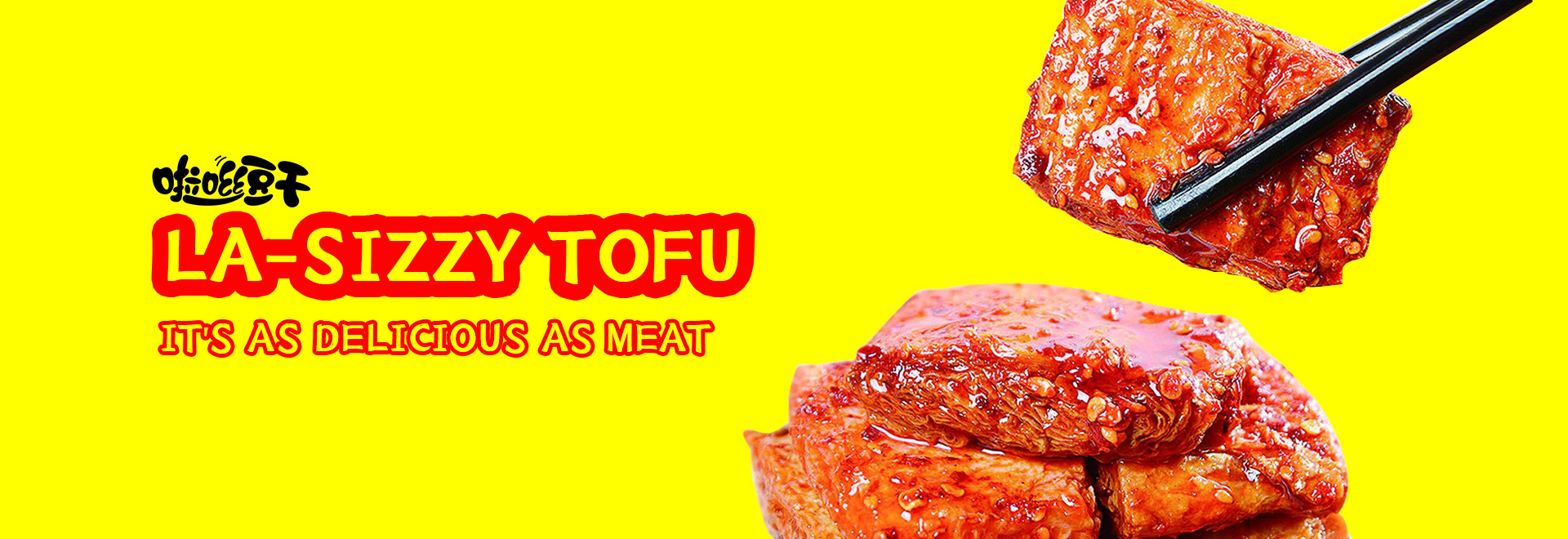All categories
Foreign Soybeans Flush into China
Release time:
2018-04-23 14:39
Source:
Soybean, known as "Shu" in ancient China, is one of the five cereals, including soybeans, green beans, black beans and so on. It is native to China. Soybeans cultivated in all countries in the world are directly or indirectly spread from China. In 1936, China's soybean output accounted for 91.2 of the world's total output, but now it only ranks fourth in the world. The top three United States, Brazil and Argentina produced 80.5 million tons, 57.6 million tons and 32.2 million tons respectively in 2008, while China's soybean output in 2008 was 16.1 million tons. On the other hand, the Chinese market consumes about 50 million tons of soybeans annually. According to data released by the customs, China imported 37.44 million tons of soybeans in 2008, an increase of 21.5 percent over the previous year; in 2009, it imported 42.55 million tons of soybeans, an increase of 13.7 percent over the same period last year, a record high.
However, China's soybean industry, which is closely related to people's livelihood, is subject to the four major multinational grain merchants-ADM(Archer Daniels Midland), Bunge (Bunge), Cargill (Cargill) and Louis Dafu (Louis Dreyfus) of France, which account for 80% of China's soybean imports and 75% of China's small-package edible oil market.
Since my country joined the WTO in 2001 and the cancellation of soybean import tariffs and quota restrictions in 2002, foreign soybeans have flooded into China. In 2005, China became the world's largest soybean importer. The domestic soybean industry will not forget the pain of 2004. In 2004, international grain merchants learned that a Chinese purchasing delegation went to the United States to purchase soybeans in March of that year. The price of soybeans on the Chicago Board of Trade soared from US $220/ton to US $391/ton, a 15-year high. Under this background, the Chinese purchasing group signed the purchase contract, and then the soybean price fell to 266 US dollars/ton. The domestic soybean industry suffered heavy losses and the crushing industry suffered huge losses. International grain merchants took the opportunity to merge with China's soybean processing backbone enterprises and control their soybean procurement rights. For example, Dalian Huanong was once the largest soybean squeezing enterprise group in China, but due to heavy losses in price fluctuations in 2004, it had to transfer the squeezing factory in Dongguan, Guangdong to Cargill, part of the equity of Guangdong Zhanjiang squeezing factory to TOEFL, Germany, and part of the equity of Nanjing Huanong to Bangji. Shandong Sanwei Group had to transfer Rizhao Dahai Oil Enterprise to Bangji. In one year, China's 1000 soybean squeezing enterprises above designated size were reduced to 90, of which 64 were controlled by foreign capital, accounting for 85% of China's total oil squeezing. Since then, China's soybean industry chain has been interrupted by foreign capital, and a pattern of "South Americans grow soybeans, Chinese buy soybeans, Americans sell soybeans and determine prices" has been formed.
Blog


